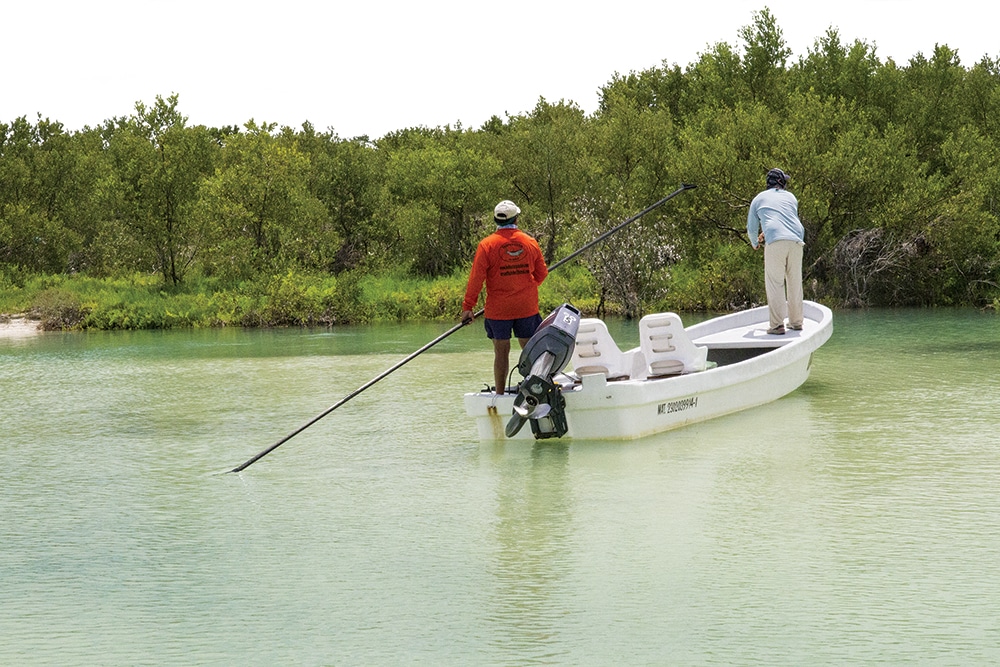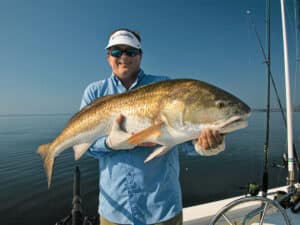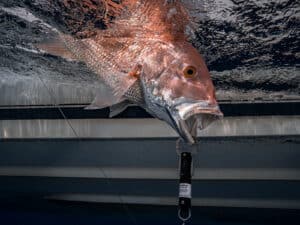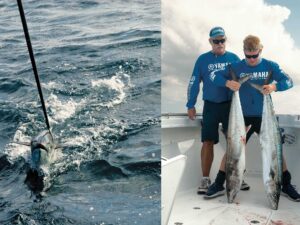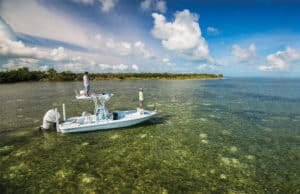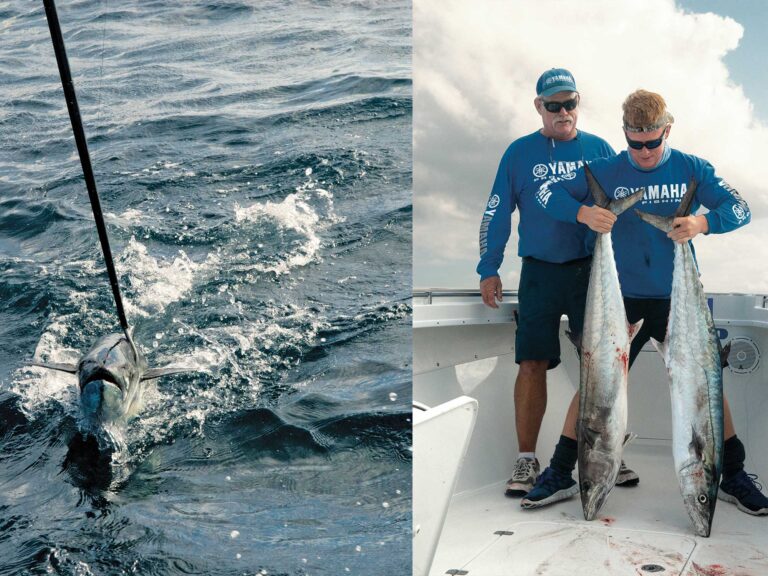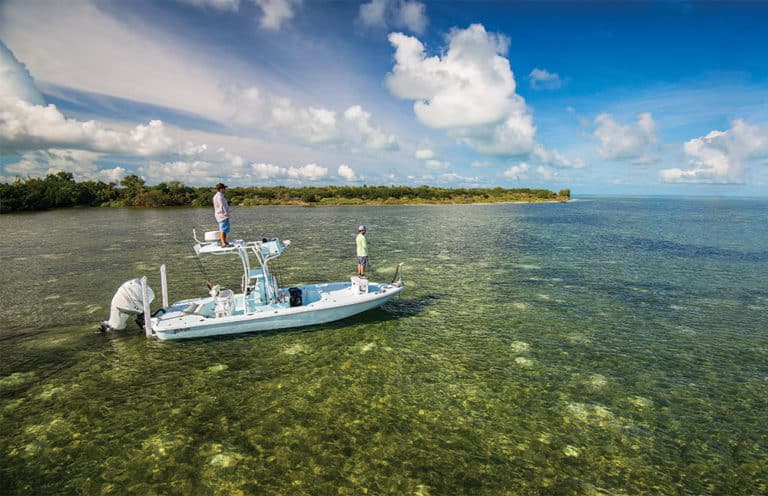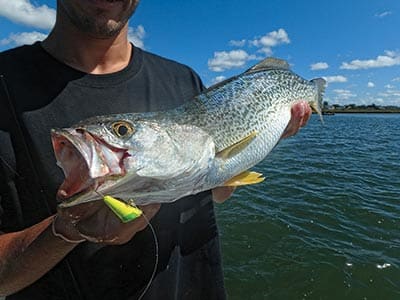As a newcomer to fly-fishing, an angler has many choices to make. For those who plan on taking their first baby steps in saltwater environments, a 9-foot, 8-weight rod equipped with a reel loaded with 250 yards of backing and a floating line makes a lot of sense. However, a setup such as this, while extremely versatile and effective, won’t be the best choice for certain saltwater situations. As you progress and become more in tune with the intricacies of the sport, you will inevitably find yourself in scenarios where a shorter or longer rod would be a more effective tool, and, therefore, your quiver of rods will no doubt expand.
Timing Matters
First and foremost, before purchasing any rod, regardless of length, cast it and see how it feels. Anglers should consider the type of fishing they plan on using the rod for as well as how the length of the rod affects their stroke. “Because a shorter rod is essentially a shorter lever, your stroke should speed up, whereas a longer rod (longer lever) requires a more delayed stroke,” says renowned caster and G.Loomis rod designer, Steve Rajeff. “The castability of a rod has a lot to do with the relationship between the rod length and the taper of the fly line. A fly line with a short head loads a short rod efficiently and allows the angler to quickly deliver big flies short to moderate distances. The opposite obviously works for longer rods. Rods exceeding the 9-foot mark benefit from fly lines with longer heads.” Length differentials of 1 foot and even 6 inches might not seem like much, but they make a difference in both casting and delivery.
Mend your Ways
Even though the technique of mending line — adjusting the position of the line relative to the fly after the line is on the water — is most often associated with river fishing, the tactic has a place in the salt as well, whenever there is current flowing. In salt water, mending comes in handy when fishing rip lines or other current differentials. Sometimes, just like steelhead and salmon fishermen, swinging your fly naturally in the current yields great results. Longer rods give you more reach and therefore the ability to manage your line (mend) on longer presentations much more effectively.
“Personally, I don’t feel that long rods have much of a place inside a boat, at least in salt water,” says Rajeff. “Longer rods take a bit more finesse to cast, but with them, you have the potential to cast farther, which is why a lot of deepwater waders and surf guys like them. For this group of anglers, long rods not only offer a little more reach, but they also provide a little more elevation, which goes a long way in terms of preventing line slap on the backcast and avoiding steep banks behind you.”
Short and Sweet
When you shave down fly-rod length, the tip inherently becomes stiffer and often requires a heavier line to properly load the rod. “When using heavier lines with short heads, anglers can not only effectively fish in tight quarters but also accurately and quickly present bulky flies short to midrange distances — which is why a lot of guys go with a short rod when stripers and bluefish are feeding on large menhaden,” says Rajeff. When matched with an appropriate line, short rods achieve considerable distances, but they also provide an edge during the fight — especially with a big, structure-oriented fish. Think about fishing for 15-pound-plus snook in a confined mangrove channel. This situation doesn’t require long casts, and the objective is to pocket fish, meaning make quick presentations to holes in the overhanging vegetation.
When the fish eats your fly, its first move will almost always be to head for cover. The eventual victor is determined in the first few seconds of the fight.The stout nature of a shorter fly rod allows you to really put a lot of heat on a fish immediately following the take. The key in this scenario is to hook the fish solidly and not give it an inch until it is clear from any tippet-parting threat. The faster you move the fish away from the cover, the better your odds of landing it. For this work, a shorter rod is usually the best tool.
